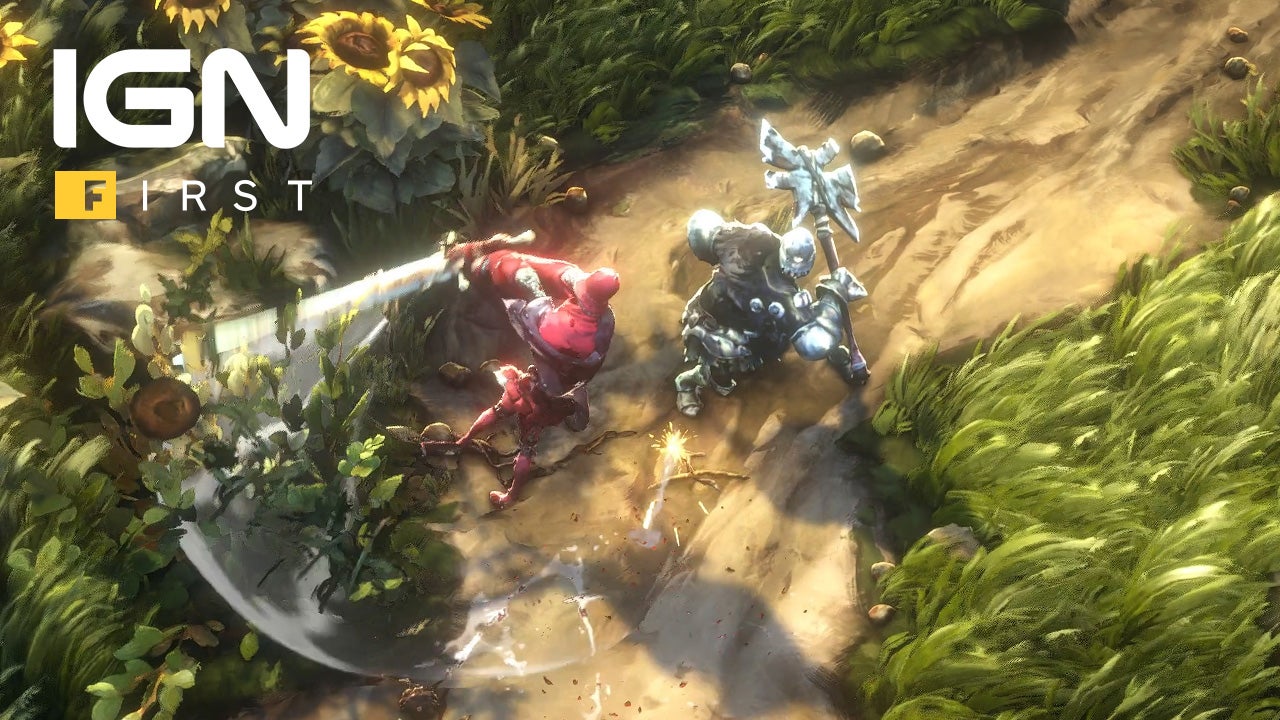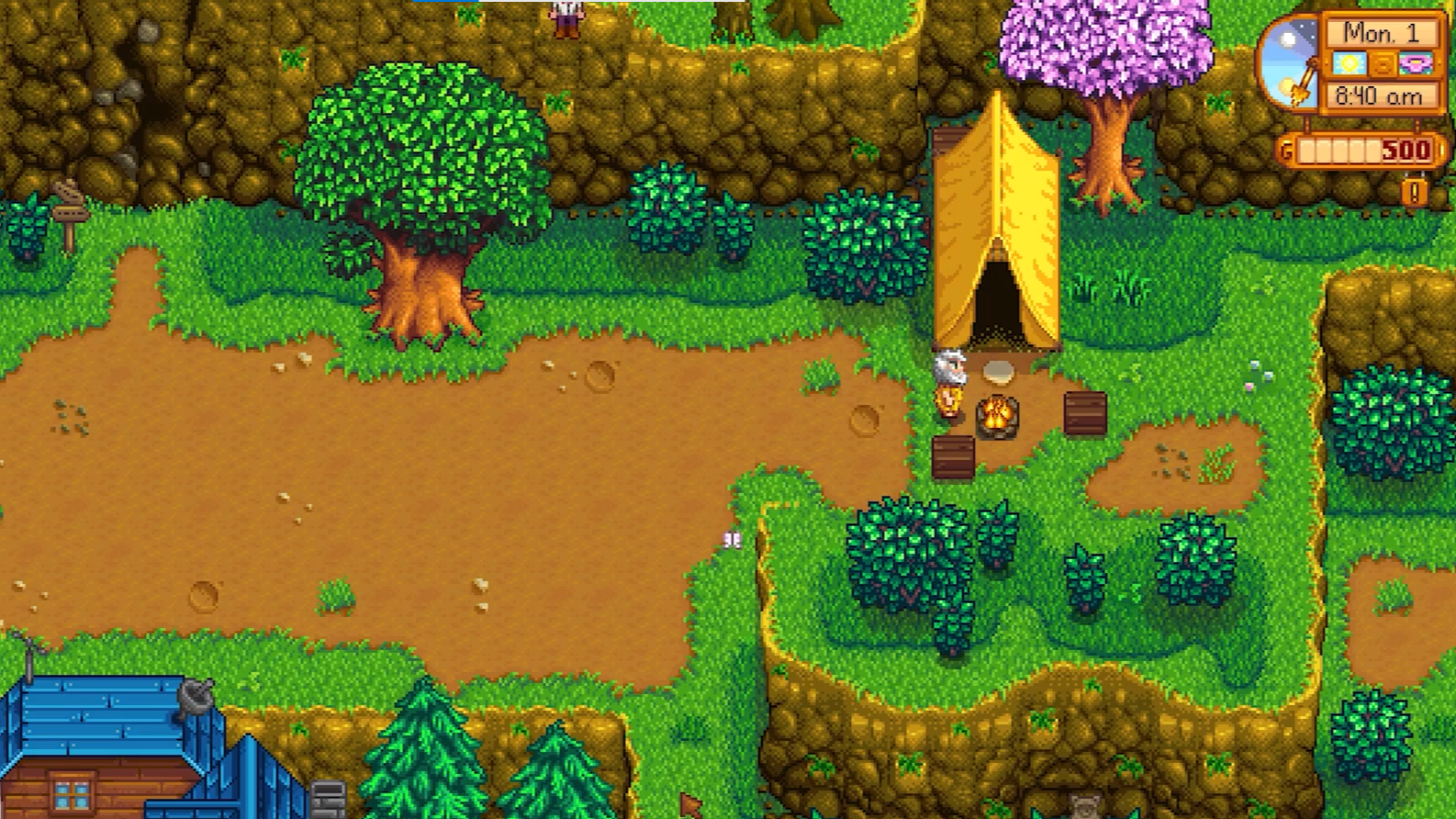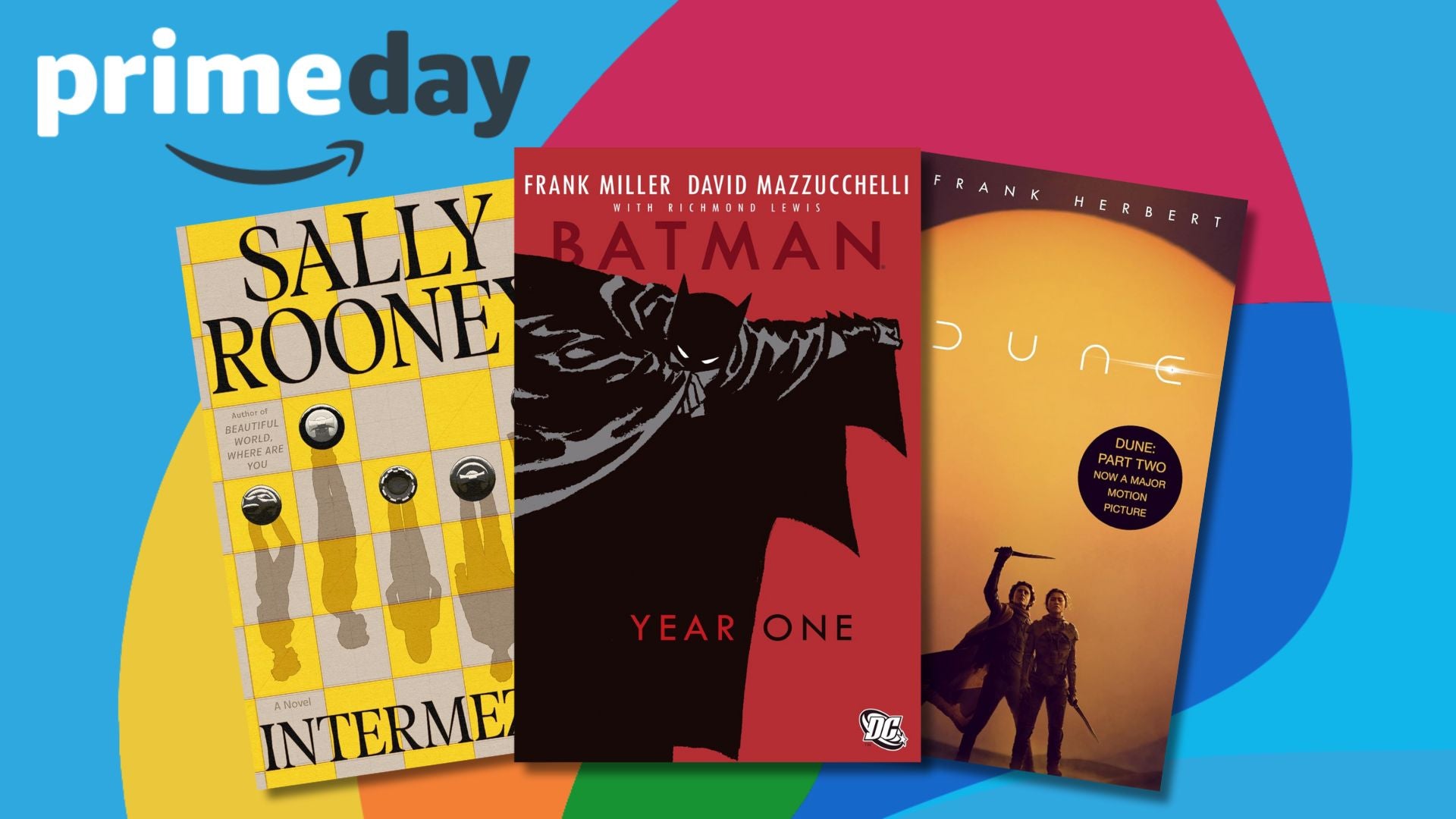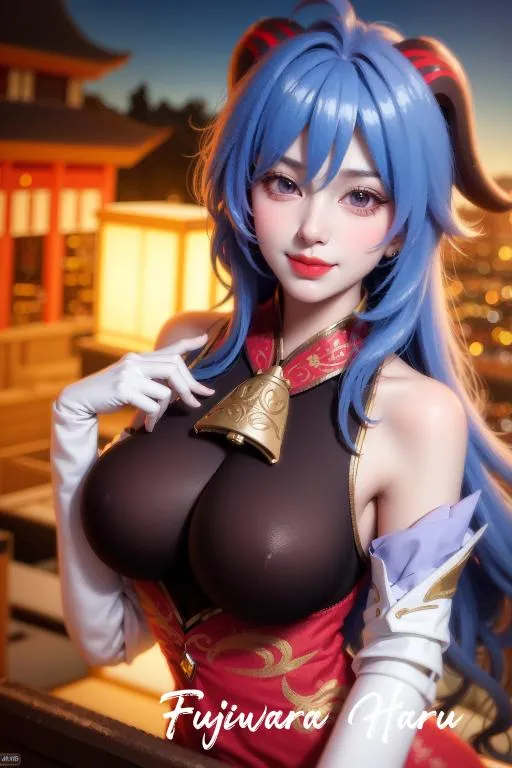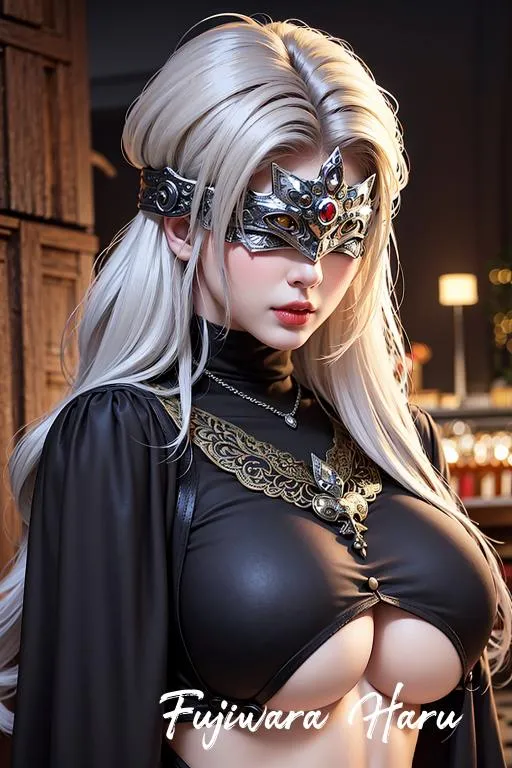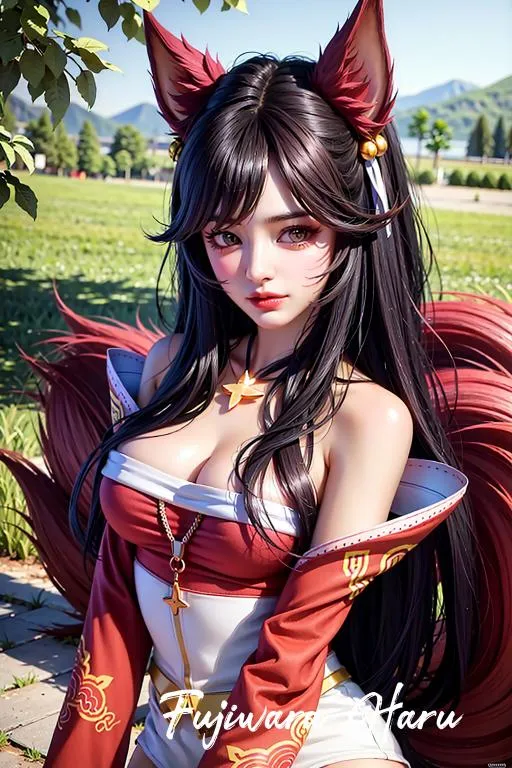No Rest For The Wicked sees Ori developer Moon Studios building an action RPG for the very first time. But despite its familiar isometric perspective, the project is very different from popular ARPGs like Diablo and Path of Exile. Combat in No Rest for the Wicked is deliberate, tactical, and every swing of the sword counts. In short: if you like the nail biting experience of Dark Souls boss battles, then it looks like Moon Studios may be making your next favourite game.
“The major goal for our combat was to make it feel super visceral,” reveals Thomas Mahler, Moon Studio’s co-founder and creative director on No Rest for the Wicked. “To make sure that we create a combat system where animations also really matter. That when you press a button, you get really satisfying swings, and that it doesn't turn into spam.”
That last point is important. The term ARPG, at least in the isometric space, brings to mind high action-per-minute gameplay where you’re hammering left-click and deploying abilities the moment the cooldown counter hits zero. No Rest for the Wicked is nothing like that.
“It's about making it feel a bit more personal, a bit closer, a bit more focused,” explains Gennadiy Korol, co-founder of Moon Studios and its director of technology. “It's not this overflow of sensory information where you just cannot really tell what's going on onscreen. You actually feel every single action of your character.
“It's up close, it's focused,” he adds. “It's not 20 enemies on screen all against you, it's encounter after encounter. Every single move matters.”
With these goals, it's unsurprising that Mahler namechecks Dark Souls and Monster Hunter as inspirations. While the team was set on a top-down, isometric camera, they believed they “should probably take a different direction” to most other games using the perspective. That’s resulted in a design document that promises something refreshingly new.
“We definitely also took influence from fighting games,” says Mahler. “We always liked the whole thing where you could do combos, like light punch, fierce kick, Hadouken. We wanted to infuse that a little bit, that you could do combo A, combo B, and then do a kind of overhead slam.”
That fighting game spirit is blended with something much more classically RPG – runes. They provide special abilities, unique to each weapon in the game, which can be weaved into patterns of strikes, dodges, and parries. Korol notes that the runes unlock “really crazy moves” that have been made possible thanks to the top-down camera, where the all-encompassing viewpoint makes certain animations much more readable than they would be with a lower third-person camera.
Of course, all of these fight moves are rooted to your weapon. Moon aims to have a wide variety of armaments, from daggers to hammers to bows, and each will have its own unique moveset. And then, within each discreet weapon, there’s a collection of variations that mean no two versions are quite alike.
“The Blood-rusted Sword is one of the straight swords that we have, but yours could be a fire-enchanted one that gives you more Focus for every hit that you deal,” Mahler explains. “[Your friend] could have a cursed Blood-rusted Sword that deals more damage, but you also take more damage.”
As with all action RPGs, battle in No Rest for the Wicked isn’t just a case of mindlessly holding the attack button. There’s multiple character elements to take into consideration at all times, including health and stamina. The first is handled by what sounds like a robust cooking system that streamlines Breath of the Wild’s buff-providing food mechanic, while the latter seems an effort to combat the attack cadence seen in Diablo-strain ARPGs.
“The idea is that it shouldn't feel like you're just running around and spamming all the time,” says Korol. “It's more strategic and tactical. That is where the stamina system comes in.”
There’s a third resource, too, but it’s not the magic points you may expect. “We don't have a mana system,” says Mahler, explaining that he wanted something more dynamic than a blue meter that depletes and then is topped back up with a potion. The answer was ‘Focus’, which “increases as you play better in combat.” Focus is used by all character classes, and powers those aforementioned powerful rune attacks.
“It creates this push-and-pull dynamic where you can build up your Focus, then you do a cool special, then you have to build it up again,” says Korol.
For ARPG veterans, Focus is recognisably No Rest for the Wicked’s alternative to Diablo’s second resource globe – the Necromancer’s Essence, the Barbarian’s Fury, or the Druid’s Spirit. And by having a similar dynamic approach to how it replenishes, Moon Studios has been able to craft a mage class with which you don’t “just hang back somewhere and poof fireballs and be able to do that infinitely.”
“We wanted to do something where every class always has to be engaged,” says Mahler.
Health, Focus, rune attacks, and weapon choices all coalesce in No Rest for the Wicked’s boss battles. The first major foe is Warrick the Torn, a man twisted into the form of a grotesque, spider-like monster by a plague ravaing the world. He’s a frantic attacker whose speed defies his enormous size, galloping across the arena and launching himself high into the air for dive-bomb like attacks.
“We want to get your heart rate as high as possible,” Korol says of the battle’s design. “We want you to feel like, ‘How am I going to do this? How am I going to beat this? This is relentless. This is impossible.’ Then, little by little, it's like a puzzle that you figure out, and you feel empowered.”
Warrick’s relentless strategy is to create distance between himself and you, something that’s made all the more clear by that isometric camera – inches of screen separate him from your hero. In the video above, you can see moves like a forward lunge being deployed to quickly close that distance.
“My favourite part is when he gets angrier and he gets even more relentless, and he starts jumping,” Korol says. “You have this really powerful fantasy thing where it's not just a creature that's on the ground, but he also has this crazy mobility to get to you. I think that's just terrifying.”
Warrick may be terrifying, but as with all bosses of his kind, he has a weakness. “He doesn't like fire,” reveals Korol. “He really doesn't like fire, this Warrick guy. Fire is bad for him.” That hatred is clear in the video; we can see the hero setting his sword alight and using it to spread flames through Warrick’s flesh.
“I have an amazing tip,” says Mahler. “You meet Filmore the blacksmith early on. When you talk to him, he will actually sell you some stuff. The scrap bombs that he sells ... They're very good.”
I’ve yet to go hands-on with No Rest for the Wicked, but what I’ve seen so far gives me a good feeling about its ruthless, bloody combat. As someone who grew up with the late ‘90s era of computer RPGs, the isometric camera of Baldur’s Gate and Diablo is something I really value, and seeing them return last year in new versions of those games was a treat. But No Rest for the Wicked’s Soulsian combat looks to set itself apart, and the way Moon Studios seems to be building something that captures the thrill of Elden Ring’s greatest scraps from a whole new perspective really excites me.
It remains to be seen how that promise will play out – as any fan of deliberate combat systems well knows, what can look great on video doesn’t always feel good in the hand. But we’ll soon learn much more about combat as part of Wicked Inside, Moon’s developer stream taking place on March 1. And then, hopefully not too long after, we’ll be able to actually take on Warrick ourselves when the game launches in early access.
Matt Purslow is IGN's UK News and Features Editor.
